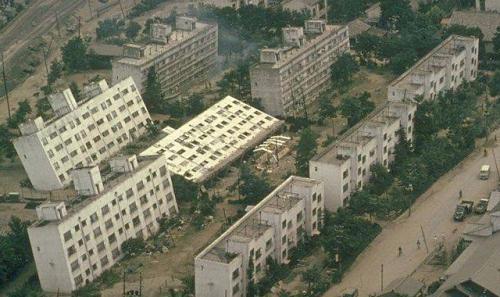At a maths day in May I was able to experience a typical engineering lecture in which the topic was earthquake proof buildings, very appropriate for my area of interest.
We discussed the different types of sway that a building may face eg. only top floor sways; a snake-like sway, whole building sways, only bottom floor sways.
I learnt that no building, unless extremely expensive, is earthquake proof but there are ways to reduce the impact, minimise damage to the building and save lives. One way suggested was to design a building in which the first floor fails easily, thus the top floors fall, but (hopefully) stay intact, and are safe.
I also learnt that it is necessary that buildings have a natural frequency less than, and different to, the frequency loads it may have to sustain.


